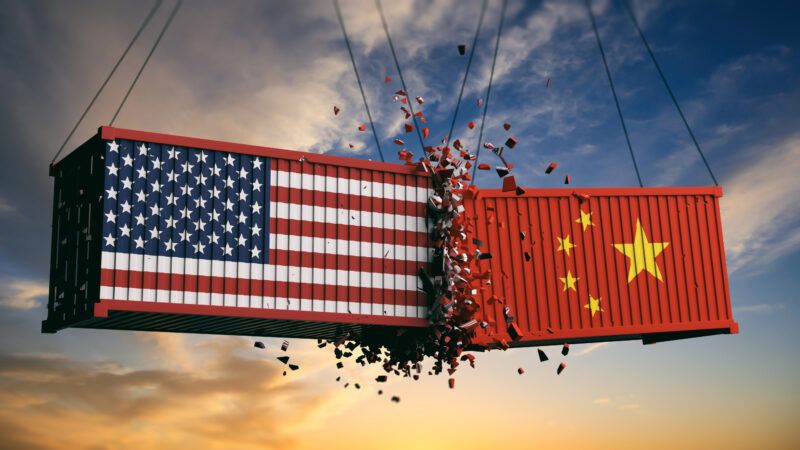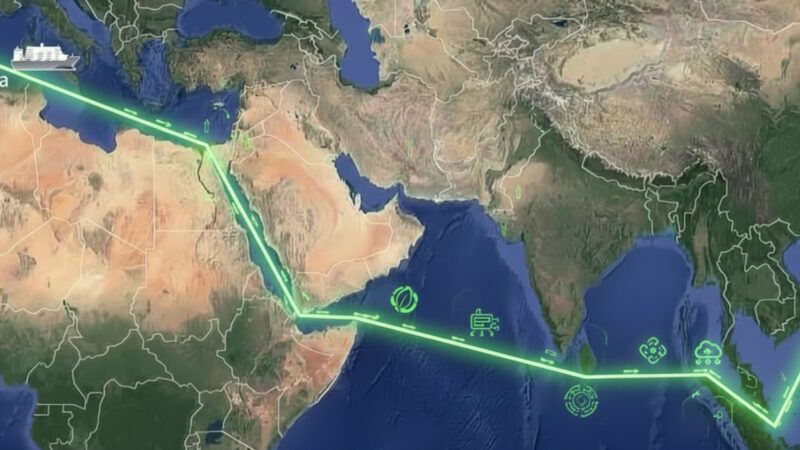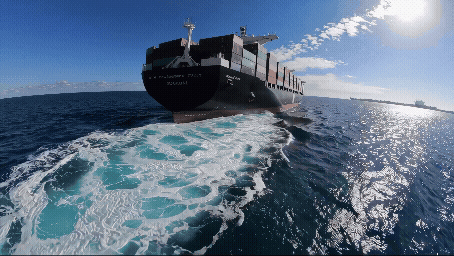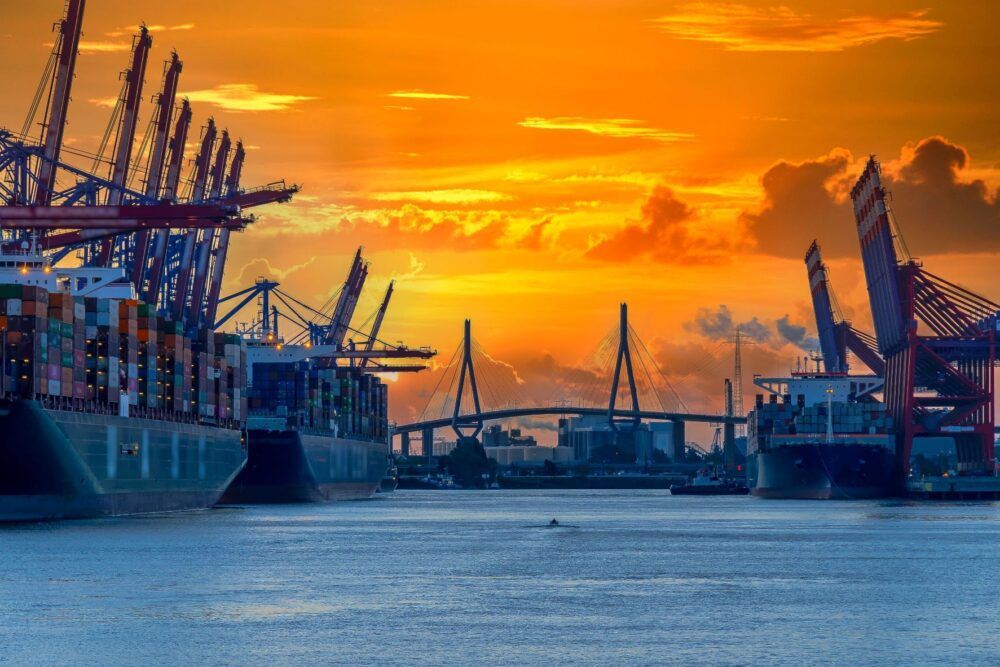 The findings of the 2022 report confirm that European ports remain actively and increasingly committed to environmental protection and sustainable development. (Port de Barcelona)
The findings of the 2022 report confirm that European ports remain actively and increasingly committed to environmental protection and sustainable development. (Port de Barcelona)
Ports score high in environment
For the third year in a row, European ports have improved their overall score in their commitment to the environment. This is the conclusion of the Environmental Report 2022 of the EcoPorts network, the 'thermometer' that measures the environmental initiatives of port authorities.
 The findings of the 2022 report confirm that European ports remain actively and increasingly committed to environmental protection and sustainable development. (Port de Barcelona)
The findings of the 2022 report confirm that European ports remain actively and increasingly committed to environmental protection and sustainable development. (Port de Barcelona)
The EcoPorts network, part of the European Sea Ports Organisation (ESPO), is the leading environmental initiative of the European port sector. Its annual Environmental Report provides ESPO and European policy makers with first-hand information on the environmental strategies of European ports, their progress and the environmental indicators they are most concerned about.
"An important message of the 2022 report is that it reflects progress on most parameters. You would think that in the context of the pandemic, the war in Ukraine and all that it represents for the economy and the ports, they would focus on other issues, but this is not the case. Ports are still involved in driving innovative solutions to meet environmental challenges," explains Isabelle Ryckbost, Secretary General of ESPO in a conversation with PierNext.
The results are based on data from the EcoPorts self-diagnosis method (SDM) which allows ports to self-assess their environmental management against the specific criteria of the EcoPorts quality standards. 92 ports participated in this edition.
Climate change, the number one priority
The parameters to which Ryckbost refers are the top 10 environmental priorities of European port authorities. For the first time this year, climate change is at the top. "It is a major issue, as reflected in the various European policies that are setting ambitious targets for decarbonisation," ESPO Secretary General points out.
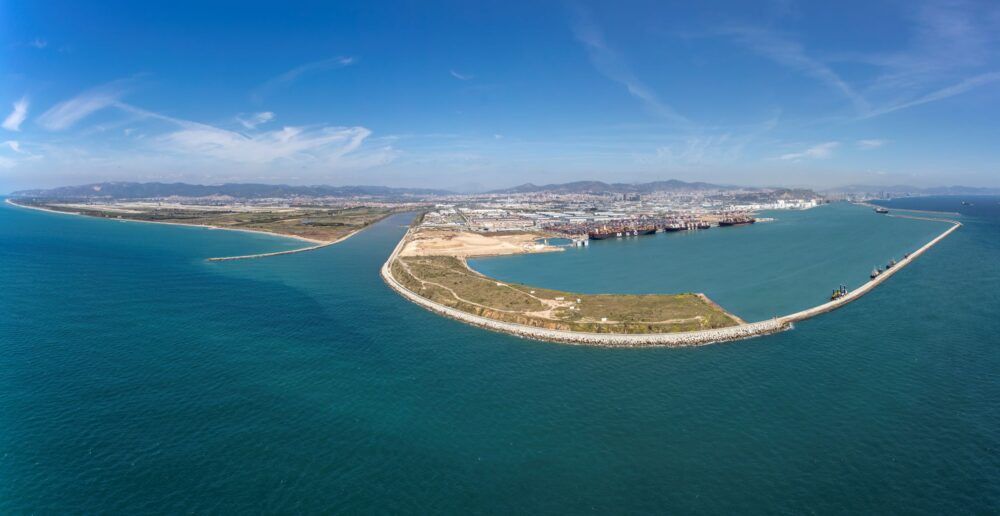
About 75-80% are considering how to adapt their existing and future infrastructures to this new reality.
In the case of the ports, it is a question of limiting their negative externalities. "Although they are part of the solution, as they are leading initiatives in renewable energies or the blue economy with a positive impact that goes beyond their installations", she values.
Increasing resilience to mitigate extreme weather events is a priority for ports. "Around 75-80% are studying how to adapt their infrastructures, both existing and future, to this new reality," says Valter Selén, senior advisor for Sustainable Development Policy and coordinator of EcoPorts, to PierNext.
Climate change debuted as an indicator in 2017 and "has been rising steadily since then," he adds.
The Environmental Management Index, which provides an overall rating of the environmental management of European ports, continues its positive trajectory
The 10 parameters of the EcoPorts Environmental Report 2022
It should be noted that the top three priorities remain the same from 2019. Air quality and energy efficiency are in second and third place, respectively.
The other parameters measured by the report are: noise (4), water quality (5), relationship with the local community (6) ship waste (7), garbage/ port waste (8), port development (9) and dredging operations (10).
"It is important to note that they might be changes on the participing ports, as some ports might be new to the network and others have not renewed the 2 year subscription plan. However, by looking at which environmental aspects they tackle in their action plan, we can establish that the result is certainly a good reflection," Selén continues.
Ryckbost and Selén highlight the following:
Air quality
The European directive on air quality (3), the number one priority between 2013 and 2021, has improved the results of this environmental indicator, which is why it has been ousted from the top position of port leaders' concerns.
"The decrease in this indicator is also reflected in the number of ports monitoring air quality, 66%, 14% more than in 2013," Selén points out.
The revision of this directive announced a month ago by the European Commission could change its position again next year, according to the coordinator of EcoPorts.
Relationship with the community
In their relationship with the city, ports tend to be perceived as representatives of the maritime sector in general. For Ryckbost, the relationship between the port and the city, in terms of environmental perception, has improved.
He points out that ports must explain to citizens the role they will play in the near future as "providers of renewable energies and facilitators of circular economy actions between the city and the port".
However, she warns that "the citizens must be aware that decarbonisation implies the construction of infrastructures, in or around the ports, because renewable energies require more storage space than fossil energies." He therefore points out that ports must reinforce their positive tone and communication with the community.
Energy efficiency
The introduction of new technologies, combined with the optimisation of existing operations, provides a feasible transition pathway from a fossil fuel-dependent industry to a low-emission port model based on renewable energy sources, electrified equipment, alternative fuels or smarter energy distribution and metering systems.
"Ports are becoming more complex. For some years now, some are becoming energy hubs, creating synergies by bringing together many more activities than the traditional ones related to logistics or intermodality," Ryckbost explains.
"On the maritime side, transport-related emissions can be avoided or reduced through the installation of offshore power supply or other zero-emission alternatives when ships dock. Industrial and port operations are also linked to the implementation of many of the requirements set out and, as Isabelle says, we see great potential for ports as hubs for renewable energy or import and export of alternative fuels," Selén adds.
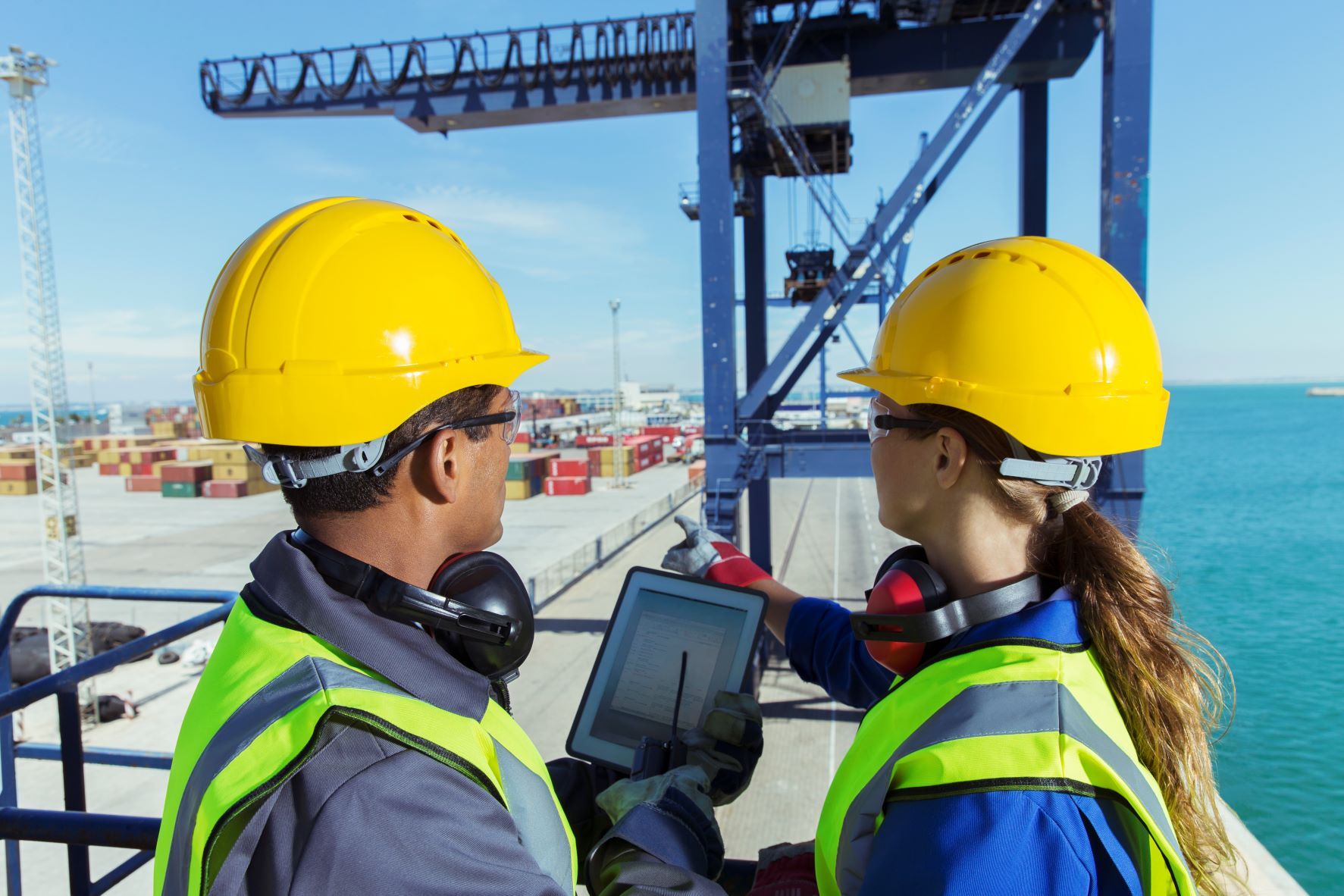
The environmental progress of European ports
The findings of the 2022 report confirm that European ports remain actively and increasingly committed to environmental protection and sustainable development.
In practice, this means maintaining or increasing efforts to ensure environmental protection, sustainable development and risk reduction.
90% of the ports surveyed have an environmental monitoring programme, with water quality (82%), port waste (79%) and energy efficiency (76%) being the indicators most monitored. A higher proportion of ports (74%) publish environmental reports compared to 2021 (68%), improving transparency.
"We do not only need strict or ambitious regulations from the EU or Member States. Ports are also doing their part to help advance climate efforts, both efforts must be combined," Selén points out.
The ESPO secretary general agrees: "Some ports have set targets that are even more ambitious than the European ones and which show that sustainable growth has become part of their mission."
The Environmental Management Index, which provides an overall rating of environmental management in European ports, continues its positive trajectory. With a score of 7.98/10 in 2022, the ports surveyed are approaching the peak levels seen in 2017-2018.
This rating is close to the ambitious mark that the ‘ESPO Green Guide 2021, a Manual for European Ports Towards a Green Futures' expects to reach in 2025, an 8/10.



